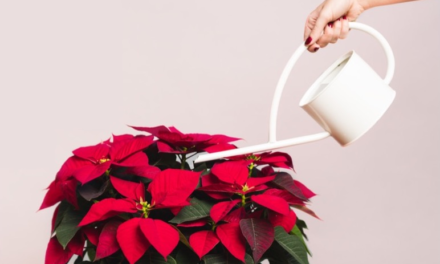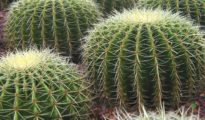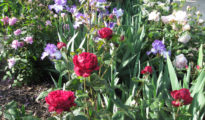Lavender is a beautiful, fragrant herb that can add a wonderful touch to any garden. Although it is often associated with cool-weather climates, it can actually be grown in a variety of climates, including in the state of Florida. Growing lavender in Florida does require some special care and attention, but with a little bit of know-how, it can be done successfully. Here's what you need to know if you want to learn how to grow lavender in Florida.
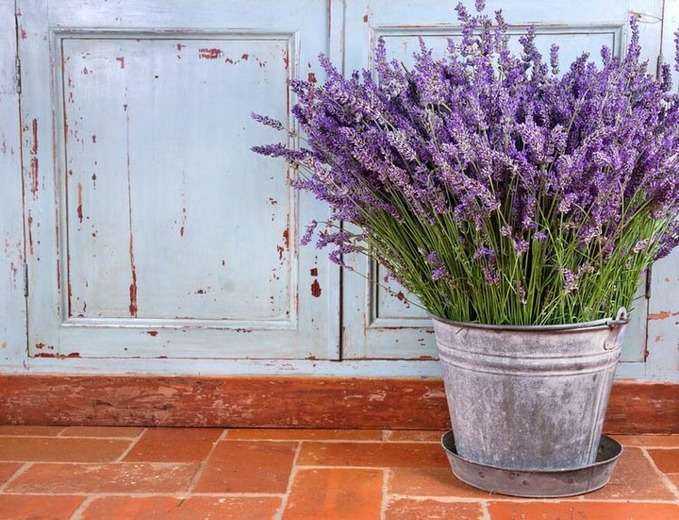
How to Grow Lavender in Florida – a Step by Step Guide
Choose the Right Lavender Variety
Not all lavender varieties are created equal. When growing lavender in Florida, it's important to choose a variety that is known to do well in warm weather. Some good options include ‘Phenomenal' lavender, which is incredibly heat tolerant, as well as Spanish lavender (Lavandula stoechas), which is also quite tolerant of warm temperatures.
Give Your Lavender Lots of Light
Lavender loves sunlight and needs at least six hours of direct sunlight each day in order to thrive. If you live in an area of Florida that gets particularly hot during the summer months, you may want to provide your lavender plants with some afternoon shade during the hottest part of the day.
Make Sure Your Soil is Well-Drained
Lavender does not like wet feet and will not do well in soil that retains a lot of water. If your soil is heavy or clay-like, you may want to consider amending it with some sand or perlite in order to improve drainage. It's also a good idea to raise your beds up off the ground if possible, as this will help promote drainage as well.
Water Wisely
Giving your lavender plants too much water can be just as harmful as not giving them enough, so it's important to strike a balance. Water your lavender deeply but only when the soil is dry to the touch; during humid months, you may need to water as often as once per week, but during drier months, once every 10 days or so should suffice. Be sure not to let your plants wilt, however, as this can permanently damage them.
Fertilize Regularly
Lavender plants are heavy feeders and will benefit from being fertilized on a regular basis. A high-quality organic fertilizer applied every four to six weeks should be sufficient. Just be careful not to over-fertilize, as this can burn the roots of your plants and cause them permanent damage.
The Amazing Benefits of Lavender
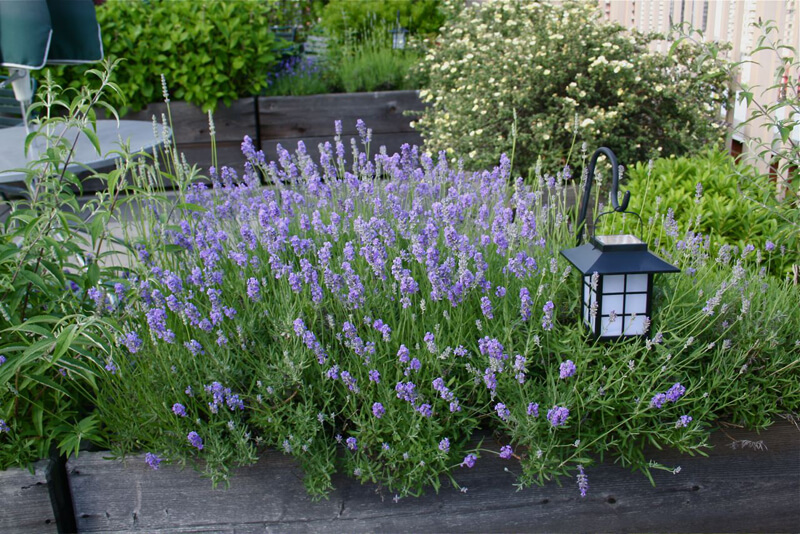
- Lavender is known for its calming and relaxation properties.
- Lavender can be used as a natural insect repellent.
- Lavender oil has antibacterial and antifungal properties.
- Lavender is often used as a decoration or spice in cooking.
- Lavender can be used as a potpourri or sachet to scent drawers, closets, or cars.
- Dried lavender flowers can be added to tea blends.
- Lavender essential oil can be used in aromatherapy diffusers or roll-ons.
- Fresh lavender sprigs can be added to cocktails or mocktails for flavor and garnish.
- The leaves and flowers of the plant can be candied and used as decorations on cakes or cupcakes.
- To make your own lavender syrup, mix 1 cup of sugar with 1 cup of water and 1/4 cup of lavender flowers in a saucepan over low heat until the sugar has dissolved completely. Bottle the syrup and keep in the fridge for up to 2 weeks – use it to sweeten teas, coffee, or lemonade!
Conclusion: As you can see, there are countless ways to reap the benefits of lavender both in the garden and in the kitchen! So why not give this versatile herb a try? You might just find that you love it as much as we do!



